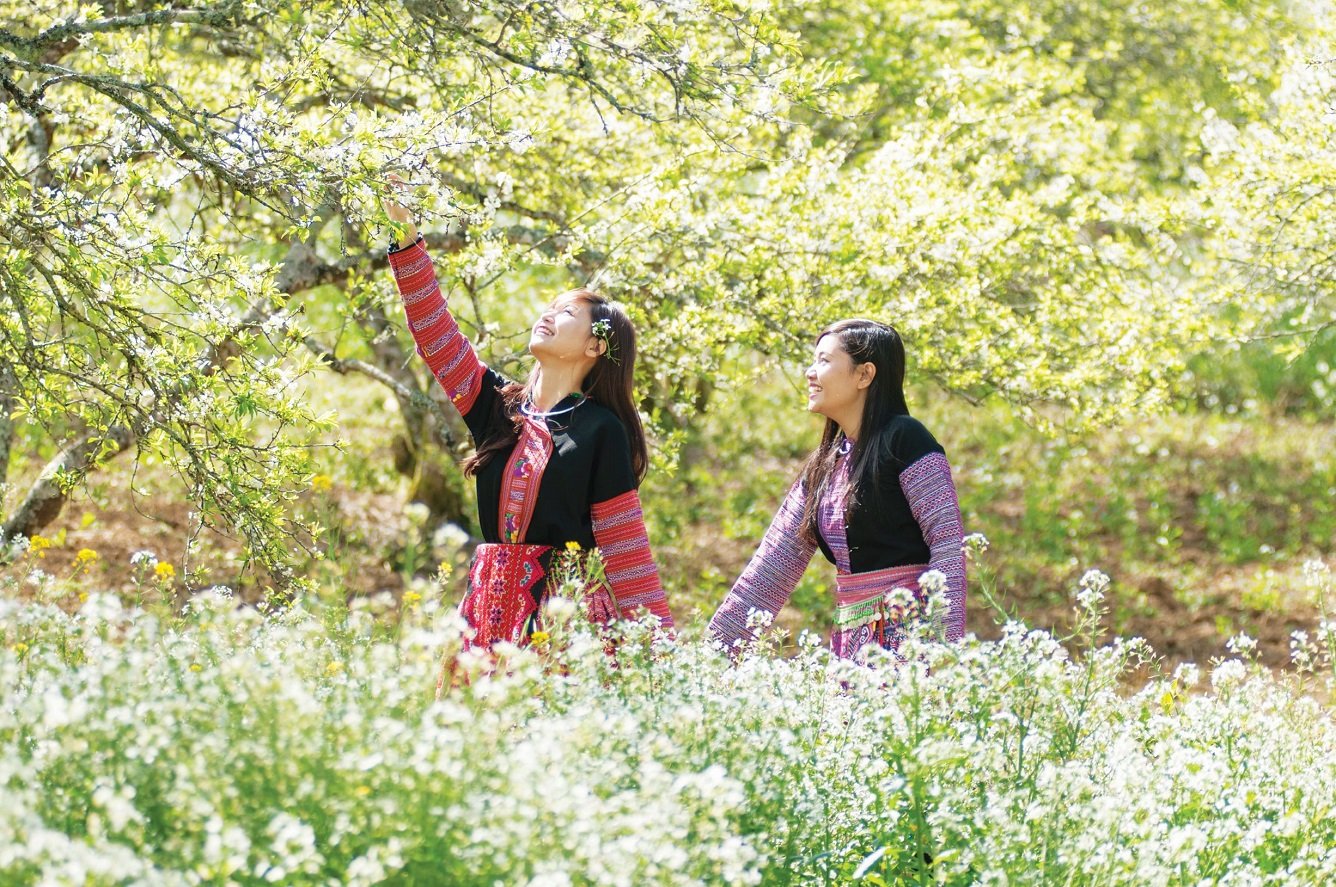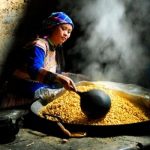Ha Giang Loop Guide: 9 Ethnic Villages You Can’t Miss (Plus a Secret One!)
By Thuy Linh
Post Views: 31
If you’ve ever felt like life’s too short for ordinary road trips, the Ha Giang Loop is where your spirit of adventure will truly come alive. Nestled in the northernmost reaches of Vietnam, this legendary route is more than just winding mountain passes and breathtaking valleys—it’s a living, breathing tapestry of diverse ethnic cultures, traditions, and histories. Here, each turn reveals not just another picturesque vista but a new story etched into the highlands. From the vibrant Hmong to the spiritual Dao, the harmonious Tay, and the ever-welcoming Nung, Ha Giang is a place where time moves slowly, traditions endure, and hospitality runs deep.
In this travel guide, we’ll explore some of the most fascinating ethnic villages along the Ha Giang Loop, share practical tips for visiting them respectfully, and even introduce a few hidden gems that rarely make it into the usual tourist brochures. Whether you’re traveling on two wheels or four, this journey will invite you to slow down, connect, and experience Vietnam beyond the surface.
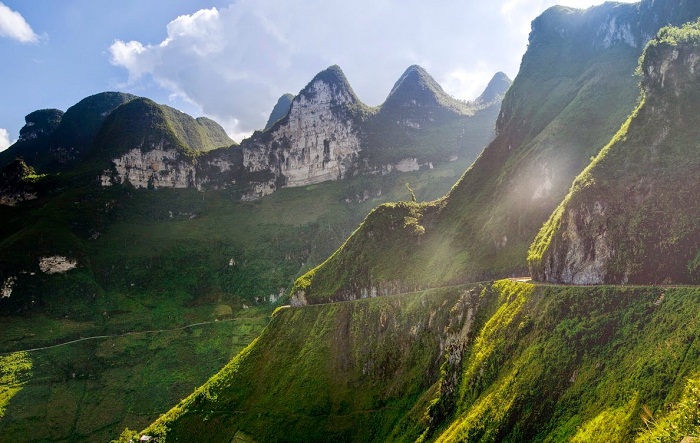
The Cultural Heart of Ha Giang: Who Calls It Home?
Ha Giang is often called a cultural mosaic, and for good reason. The province is home to 19 distinct ethnic groups, with nearly 90% of its population belonging to ethnic minorities. This diversity is a living legacy of migration, mountain life, and centuries-old traditions passed from one generation to the next. The main groups include:
- Hmong – 32.9%
- Tay – 23.2%
- Dao – 14.9%
- Kinh (Vietnamese) – 12.8%
- Nung – 9.7%
- Others: Pa Then, Giay, Lo Lo, La Chi, Pu Peo, and more
Each group speaks its own language, maintains its own customs, and often builds homes unique to their heritage—from stilt houses and clay dwellings to wood-carved homesteads. Traveling through Ha Giang is like walking through a living museum, where the exhibits aren’t behind glass—they smile back at you, offer tea, and invite you to join their festivals.
Meet the Ethnic Communities of Ha Giang
Before we set out to explore the villages, let’s take a closer look at the cultural cornerstones that define this region.
The Hmong: Masters of the Mountains
With their striking hand-embroidered outfits and dramatic terraced rice fields, the Hmong people are often the first to catch your eye on the Ha Giang Loop. They live high up in the mountains, where their music, especially the soulful khèn flute, accompanies festivals, weddings, and stories passed down for centuries. Their ingenuity in farming steep slopes has transformed harsh terrains into lush, productive landscapes.
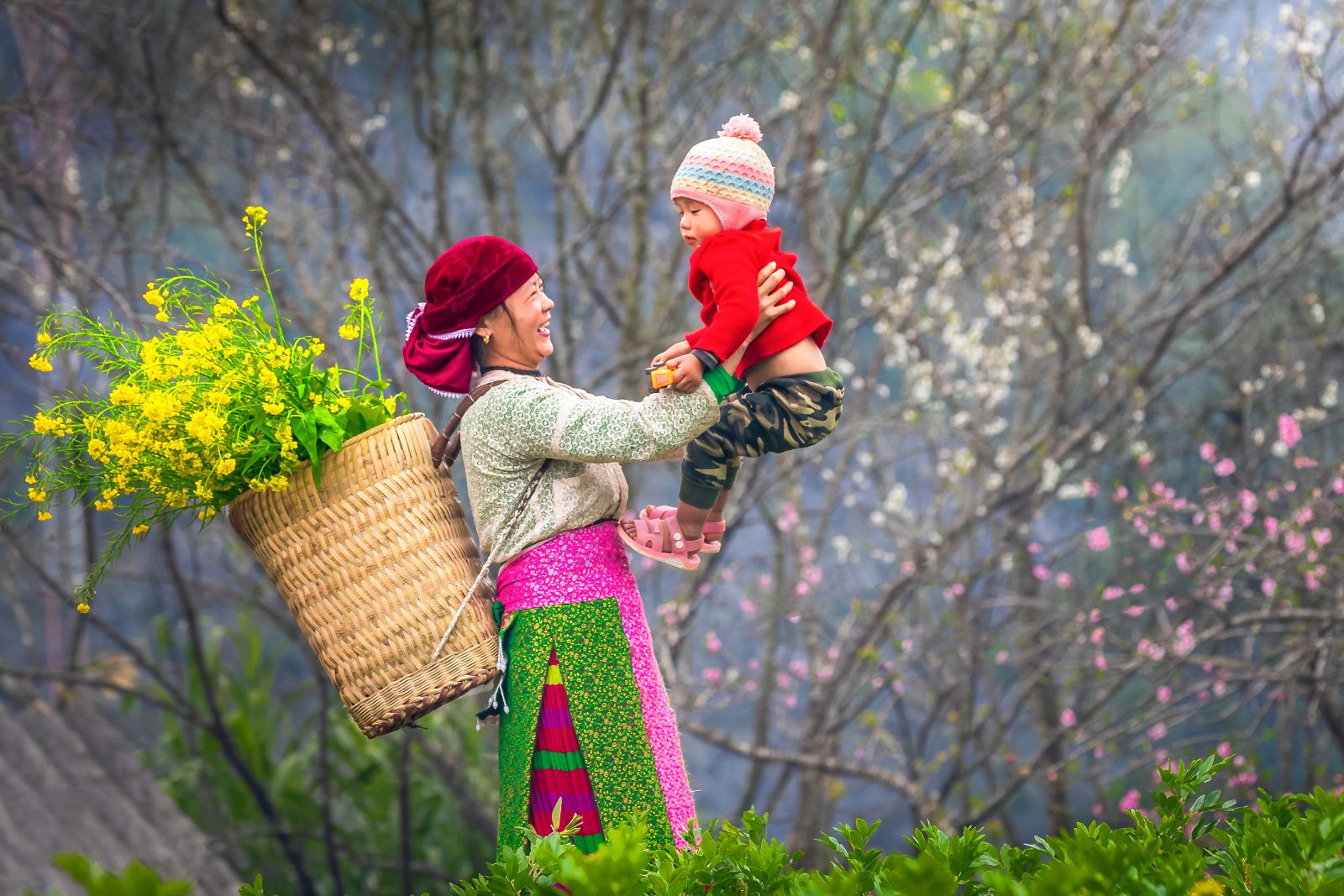
The Tay: Keepers of the Valleys
In the fertile valleys, the Tay people thrive with their bamboo and wood stilt houses, designed to withstand the region’s climate while fostering a sense of community. The Tay celebrate life through music and dance, particularly the Then singing tradition, and festivals like Long Tong, which welcome a prosperous harvest season.
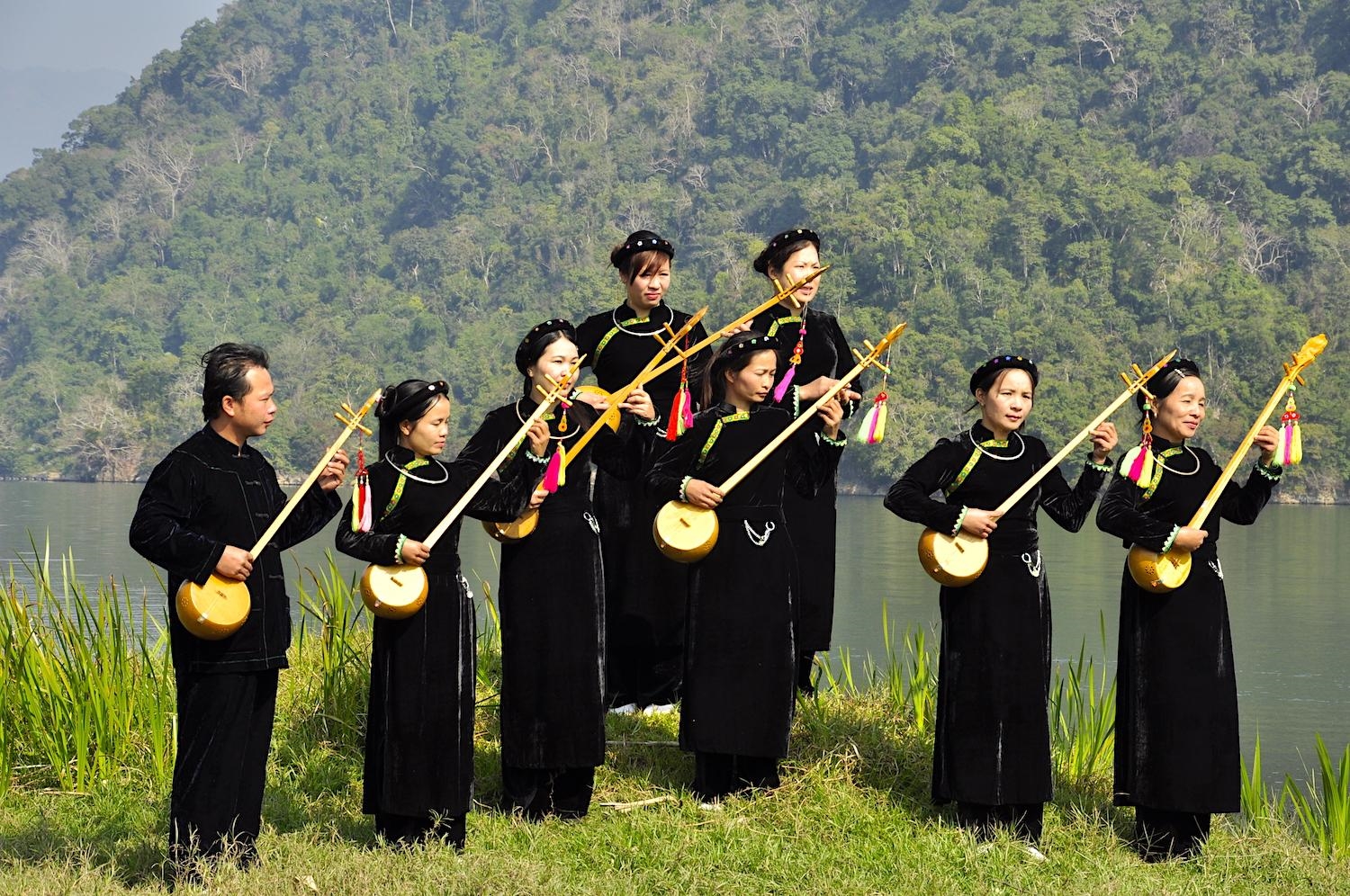
The Dao: Spiritual Storytellers
With red headscarves and ornate silver jewelry, the Dao are known for their rich spiritual traditions. Their Taoist-influenced rituals, herbal baths, and coming-of-age ceremonies (cap sac) are not just customs but vital parts of their identity.
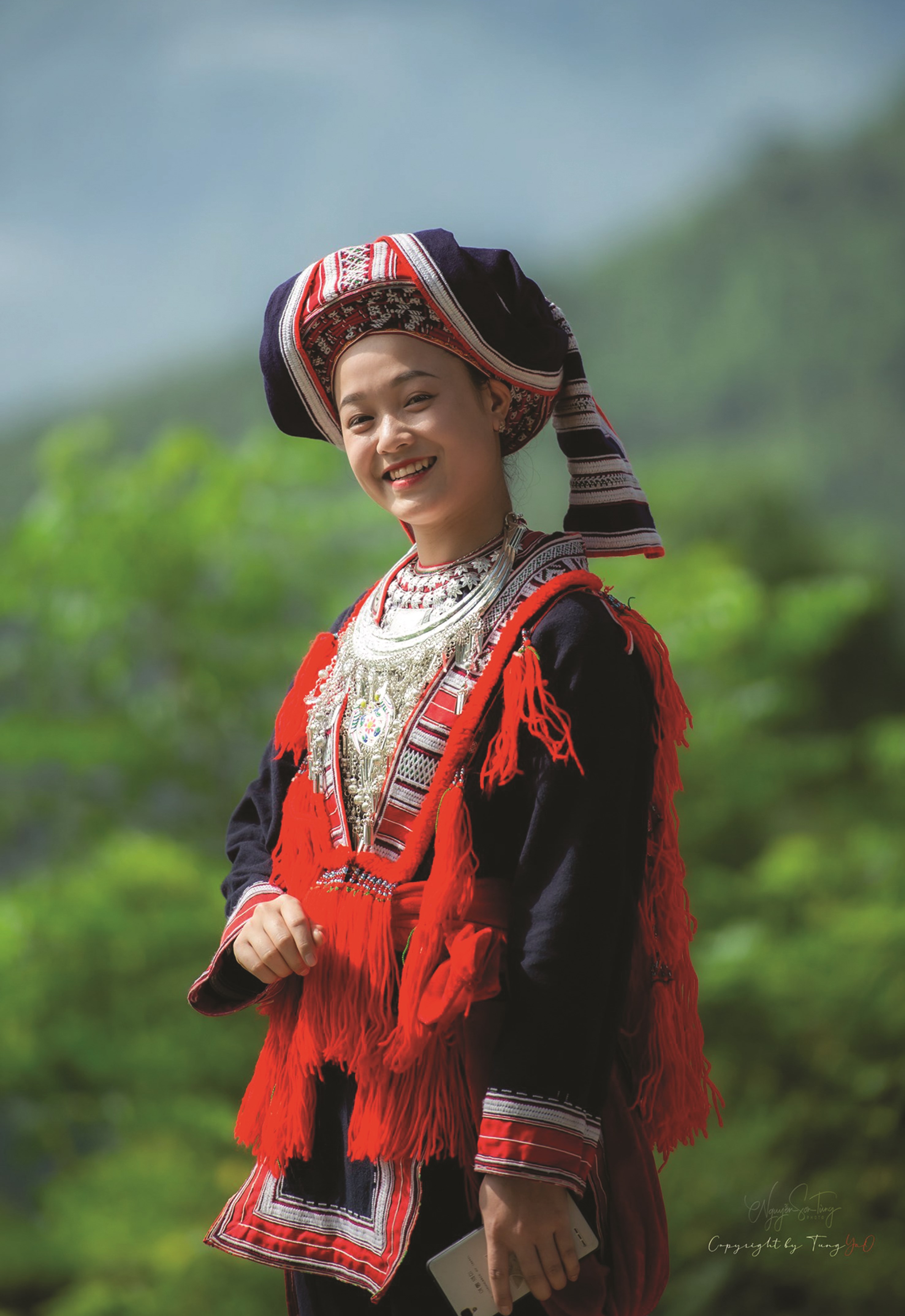
The Lo Lo: Echoes of the Ancients
Though small in number, the Lo Lo people are custodians of a vibrant culture. Bronze drums, traditional dances, and intricate embroidery keep their heritage alive. Their villages near the Lung Cu Flagpole are among the most colorful and photogenic in the region.
![Ha Giang Loop Guide: 9 Ethnic Villages You Can’t Miss (Plus a Secret One!) 7 Ảnh] Vẻ đẹp sặc sỡ của trang phục dân tộc Lô Lô | Báo Nhân Dân điện tử](https://cdn.nhandan.vn/images/1ea1ae7a315d88fc6fbf436960826115d9e6b3c6f48f6ffcf9e7d3e9837338b45f83b226c28cb6bc617634c136c8b67fe667d376bf869970b83bd2a9ea12e0ea/9-4064.jpg)
The Nung: Farmers and Artisans
Renowned for their clay-and-brick houses, the Nung are skilled rice farmers and talented weavers. Their pottery and embroidered textiles reflect a lifestyle deeply connected to the land.

Best Ethnic Villages to Explore on the Ha Giang Loop
Each village in Ha Giang offers something unique—a glimpse of everyday life, a taste of authentic cuisine, or a rare craft that has survived modernization. Here are some of the must-visit villages:
1. Nam Dam Village (Dao Ethnic Group)
Located near Quan Ba Heaven Gate and the famous Twin Mountains, Nam Dam is a charming Dao village. Its highlight? Traditional herbal baths that use local medicinal plants to rejuvenate weary travelers. Nearby waterfalls and lush landscapes provide perfect hiking and photography opportunities.
.jpg)
2. Lung Tam Village (Hmong Ethnic Group)
Famous for its hemp weaving, Lung Tam is where you can watch artisans turn raw hemp into exquisite fabrics. Visitors can also savor local dishes like Thang Co (a traditional stew) or sticky rice made with locally grown corn and rice.
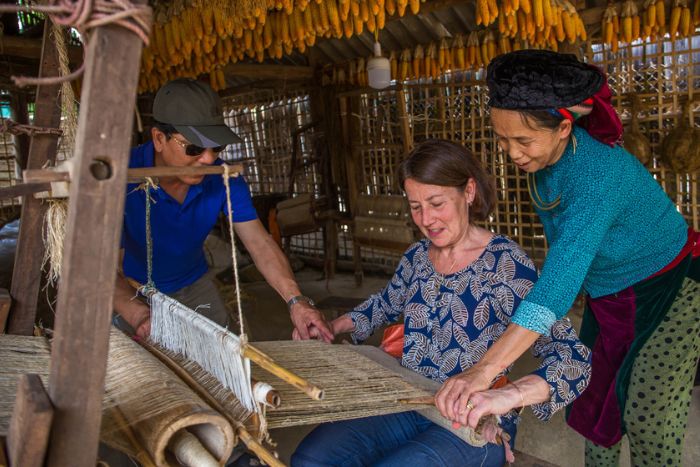
3. Pho Bang Village (Hmong Ethnic Group)
Known as a “living museum,” Pho Bang boasts ancient architecture with narrow alleys and wooden-carved homes. Its local markets are a sensory delight, where spices mingle with the aroma of freshly cooked street food.
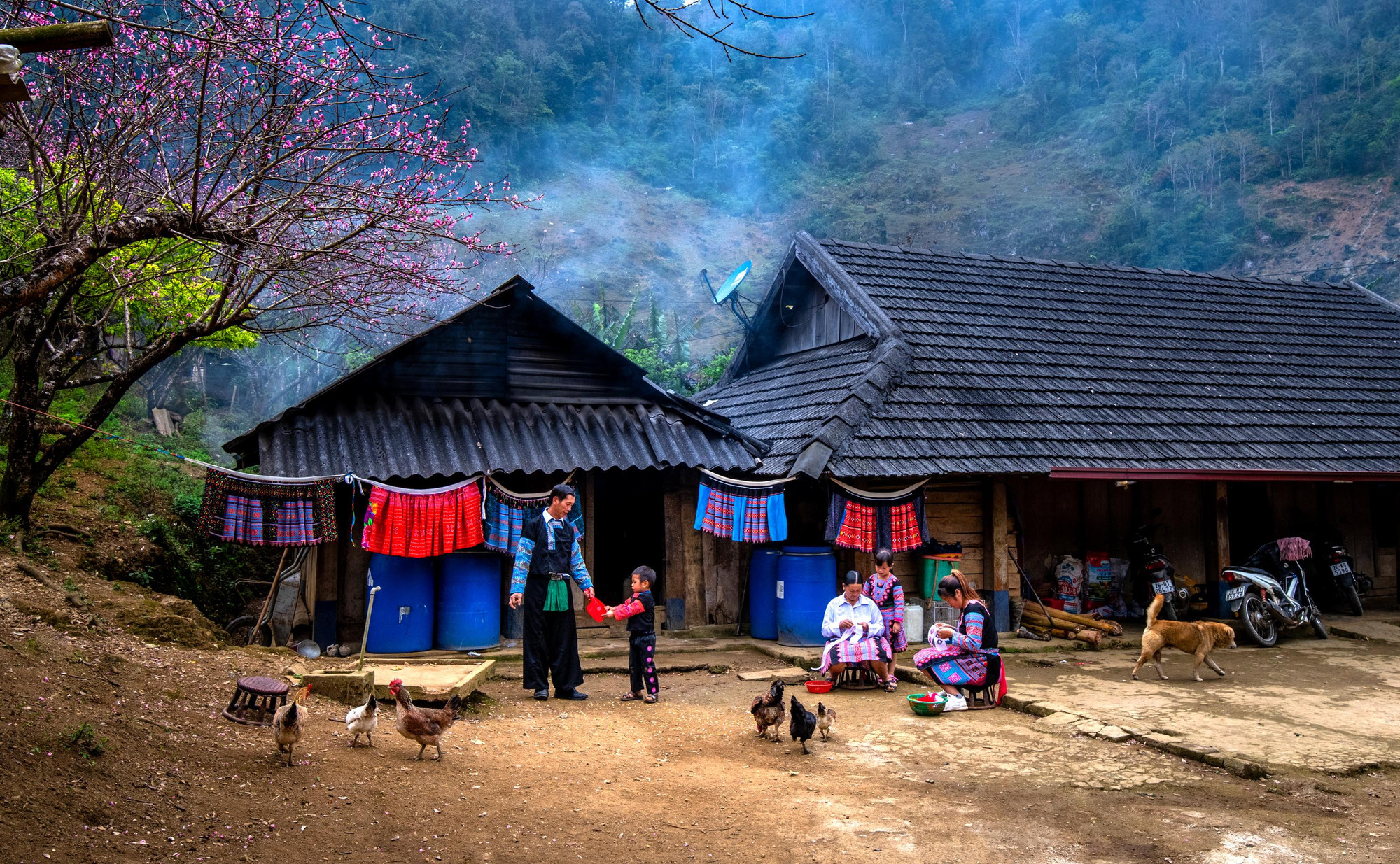
4. Lo Lo Chai Village (Lo Lo Ethnic Group)
Situated near Lung Cu Flagpole, this village is a vibrant showcase of Lo Lo culture, featuring traditional festivals, ancient clay houses, and hearty dishes like Au Tau porridge and buckwheat pancakes.

5. Yen Minh Village
A favorite for photographers, Yen Minh offers sweeping views of terraced rice fields and mountain ridges. Its markets are colorful gatherings of multiple ethnic groups, making it an ideal stop for souvenirs and fresh produce.
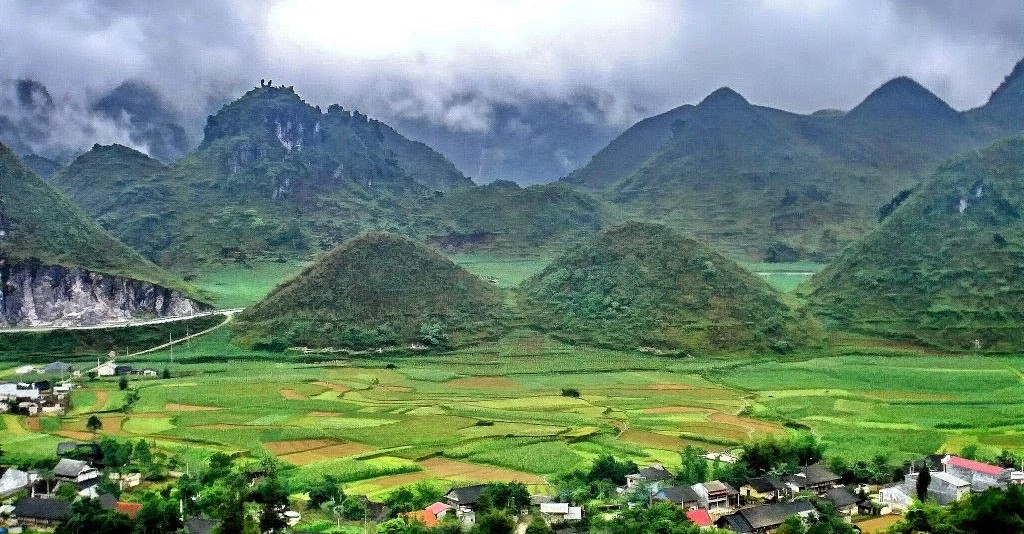
6. Du Gia Village (Tay Ethnic Group)
Known for its stilt houses, lush valleys, and tranquil waterfalls, Du Gia is a peaceful retreat. Trekking paths meander through rice paddies, and homestays here often host cultural nights with music and dance.
.jpg)
7. Lao Xa Village (Hmong Ethnic Group)
Famous for its silver crafting, Lao Xa is a quiet hamlet where artisans continue age-old jewelry-making traditions.
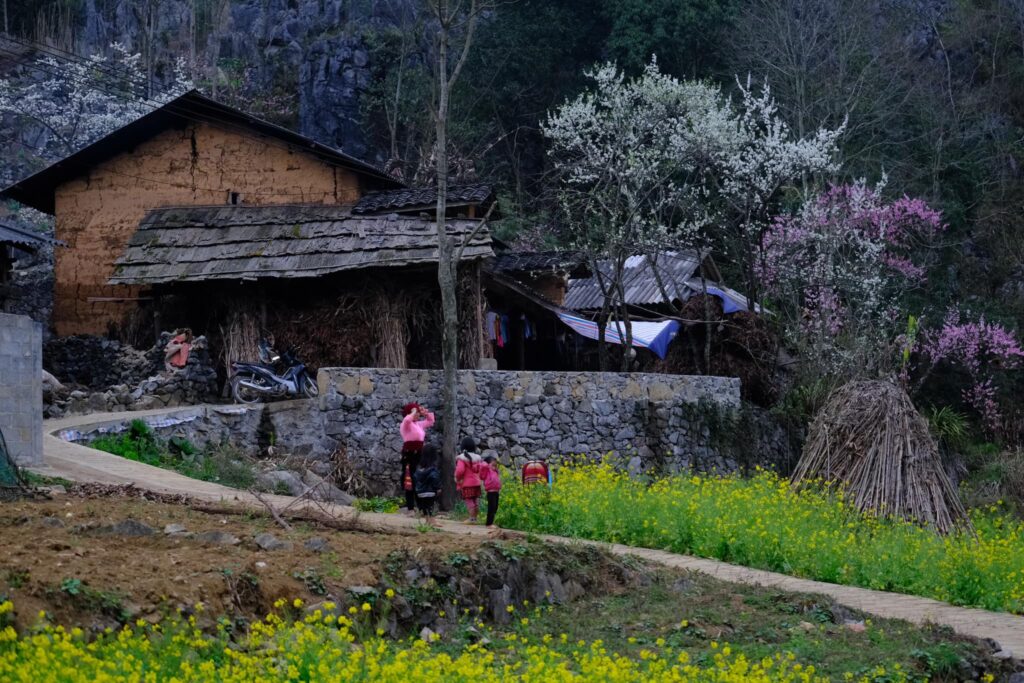
8. Dong Van Old Quarter
A historic district with French colonial roots, Dong Van comes alive on Sundays with its bustling market—a gathering of ethnic groups selling food, textiles, and even livestock.

9. Ma Le Village (Giay Ethnic Group)
With over 50 charming yellow clay houses, Ma Le offers a glimpse into the traditional life of the Giay people.

10. A Secret Tay Village
Some villages in Ha Giang remain off the beaten path, home to close-knit Tay communities. While not always accessible to independent travelers, these villages preserve a way of life unchanged by tourism.
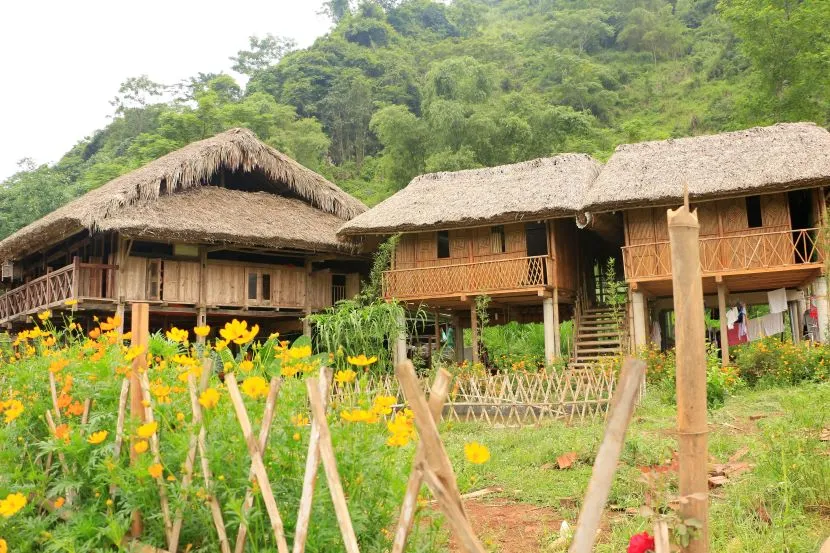
Why Visit These Villages?
Visiting these villages is about more than sightseeing. It’s about:
- Authentic Encounters: Meeting locals who live in harmony with their traditions.
- Spectacular Landscapes: Rice terraces, limestone peaks, and hidden waterfalls.
- Cultural Immersion: Festivals, rituals, and folklore.
- Artisanal Crafts: Handmade textiles, silver jewelry, and traditional pottery.
- Warm Hospitality: Sharing tea, meals, and stories with welcoming families.
How to Visit Respectfully: Travel Etiquette in Ha Giang
Respect is the bridge between being a tourist and being a welcomed guest. Here are some key tips:
- Dress modestly, especially in rural areas.
- Always ask before taking photos of people.
- Do not litter, even if you see others do.
- Avoid giving money or candy to children—support local crafts instead.
- Learn a few basic phrases in Vietnamese or local dialects.
- Remove shoes before entering homes.
- Be mindful of sacred spaces and altars.
- Keep noise levels low, especially in tranquil villages.
- Stick to marked paths to avoid damaging crops.
.jpg)
Final Thoughts: The Spirit of the Ha Giang Loop
The Ha Giang Loop is not just a road trip; it’s an immersion into a world where ancient customs meet breathtaking landscapes. As you ride past misty mountain passes, join villagers for a meal, or listen to the haunting notes of a bamboo flute, you’ll discover that the real treasure here is the connection between people and place.
Pack your curiosity, respect the culture, and let the Loop unfold its stories at its own pace. Whether you spend three days or two weeks here, the memories will linger far longer than the journey itself.
